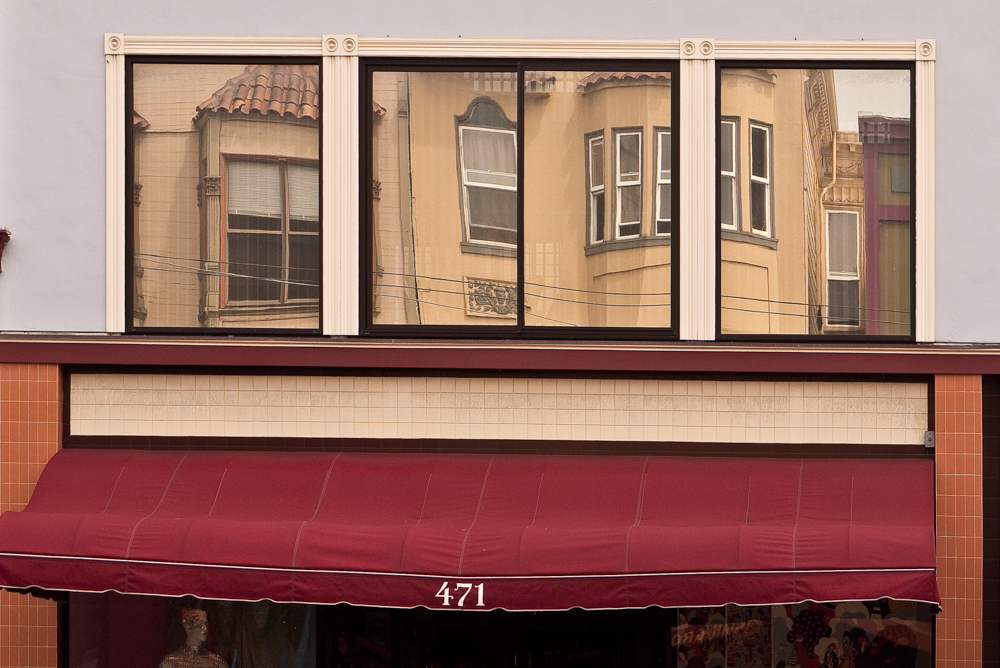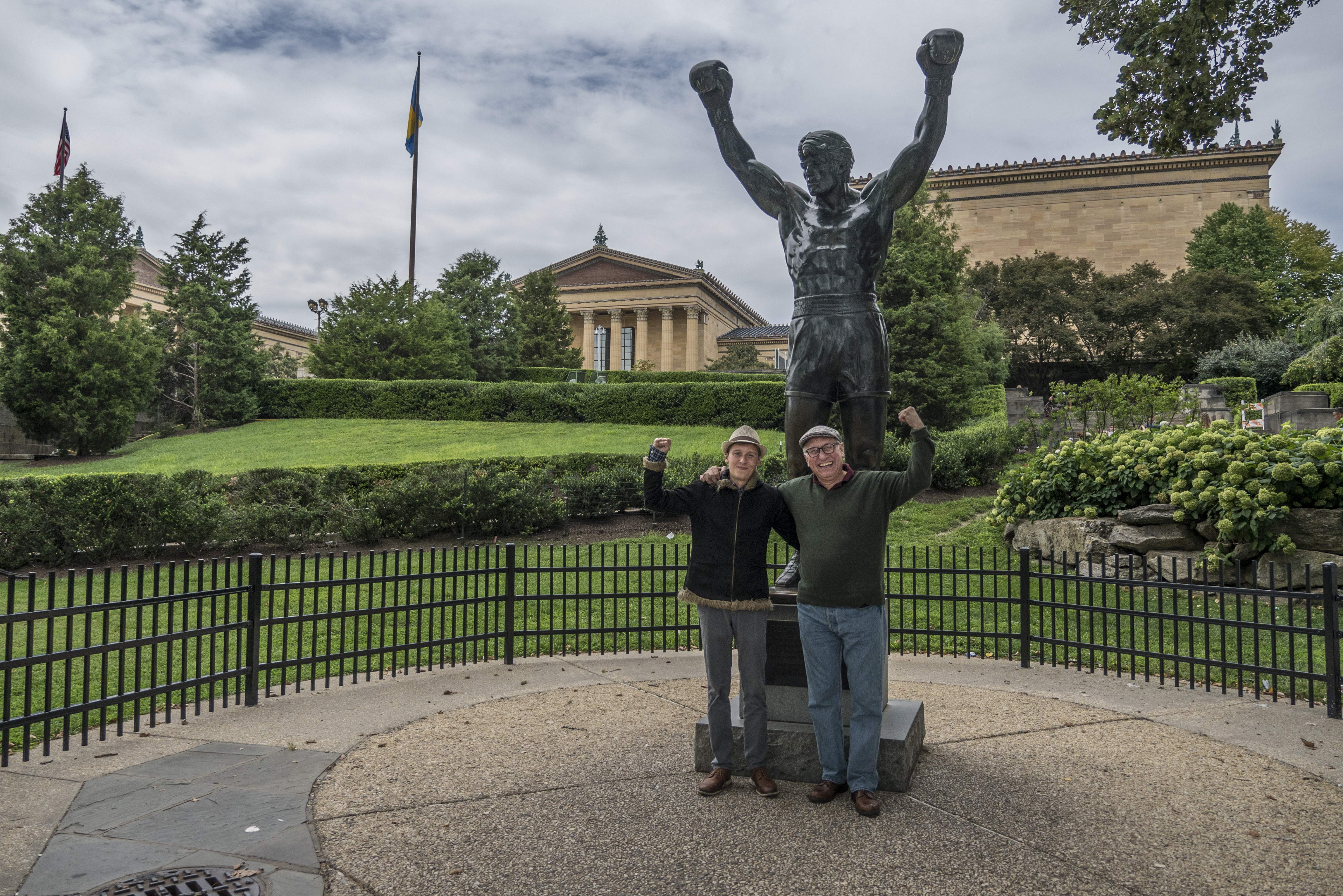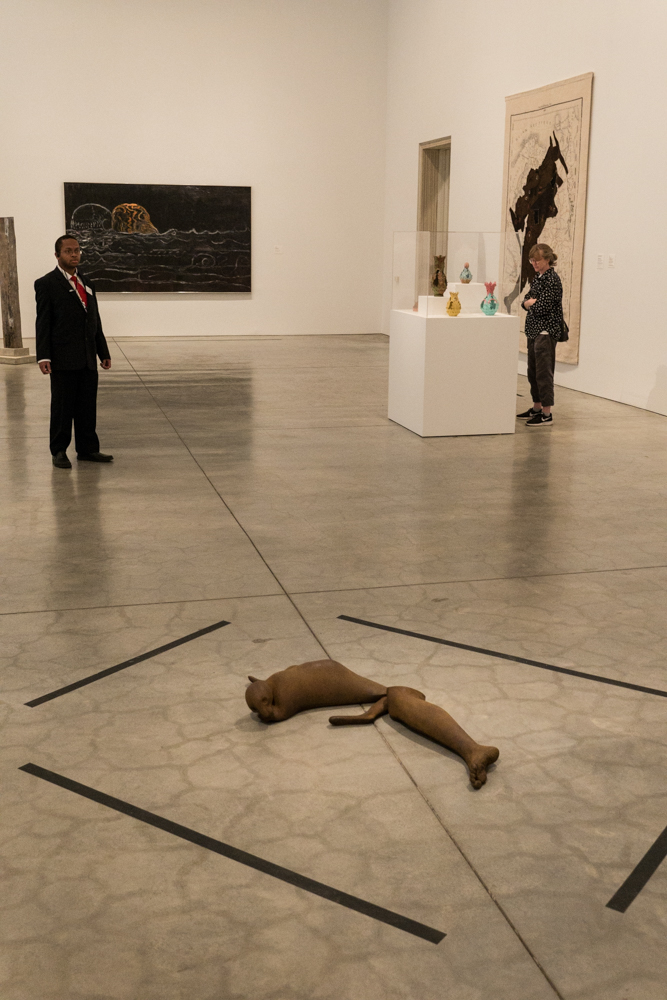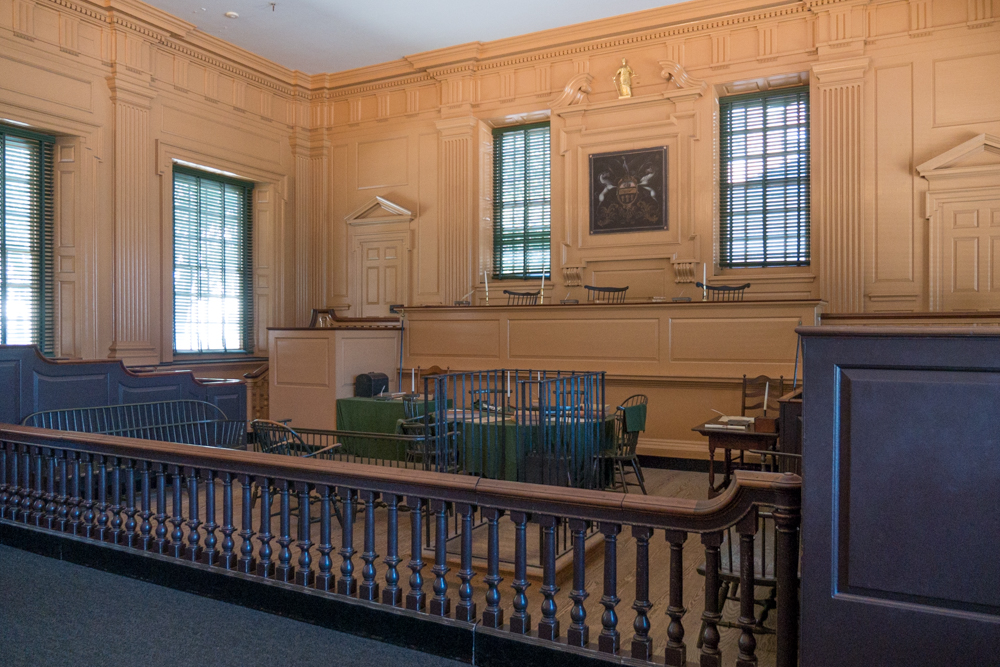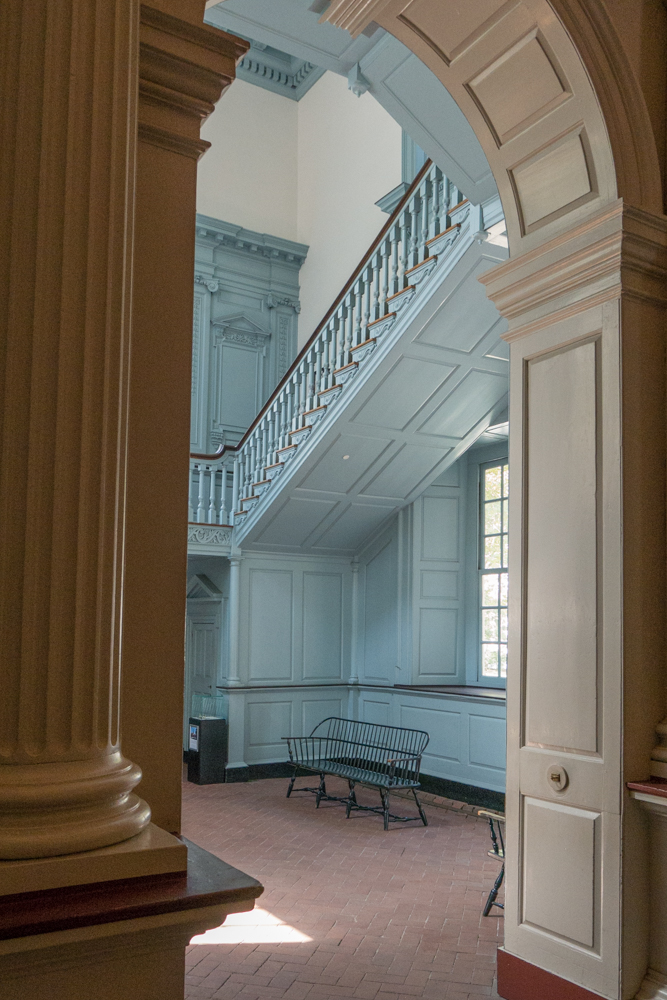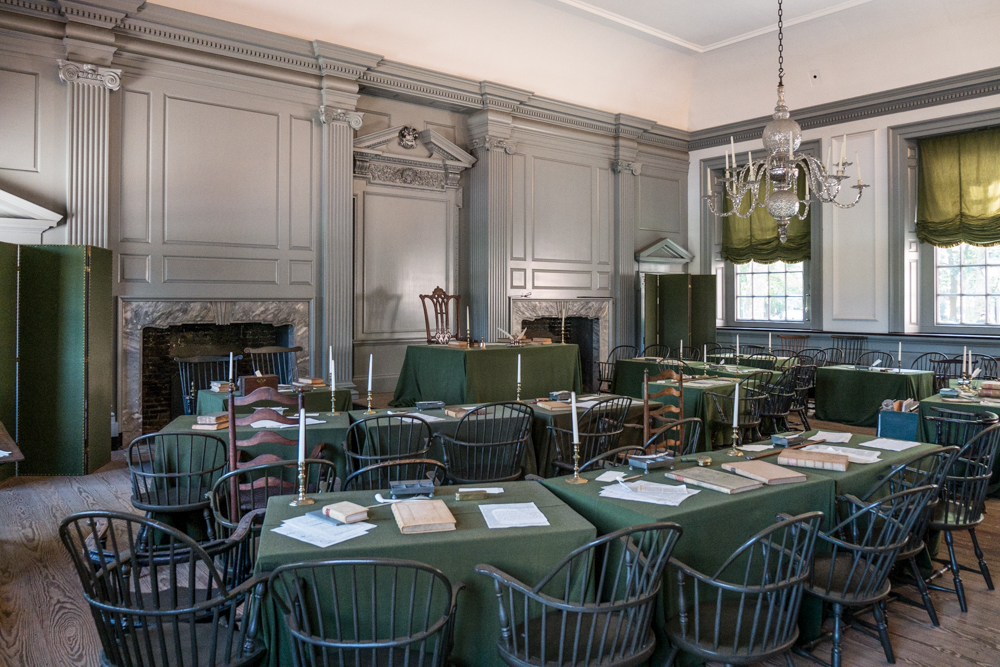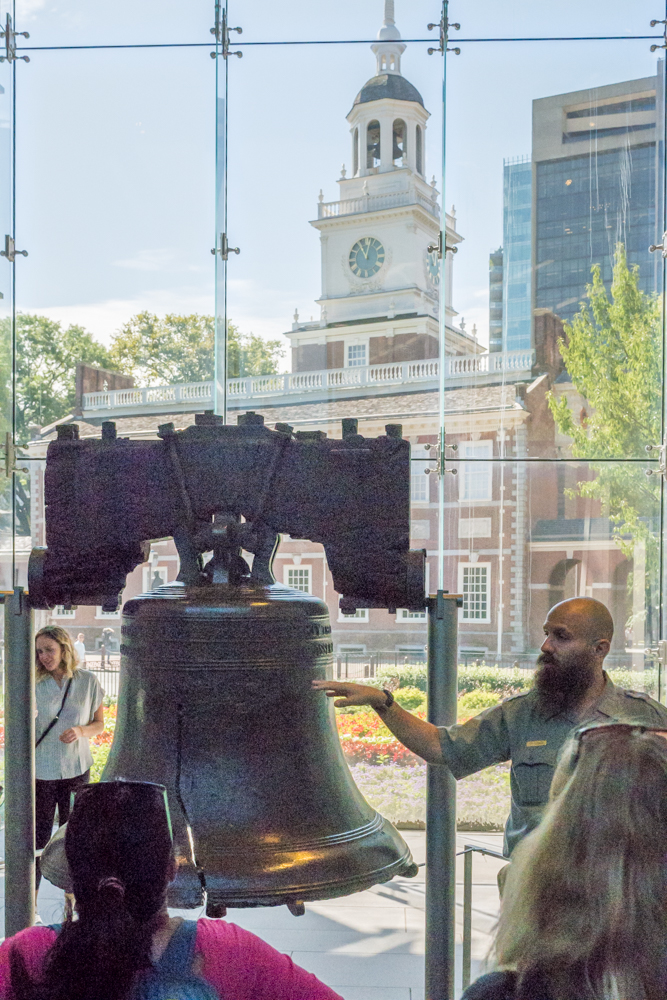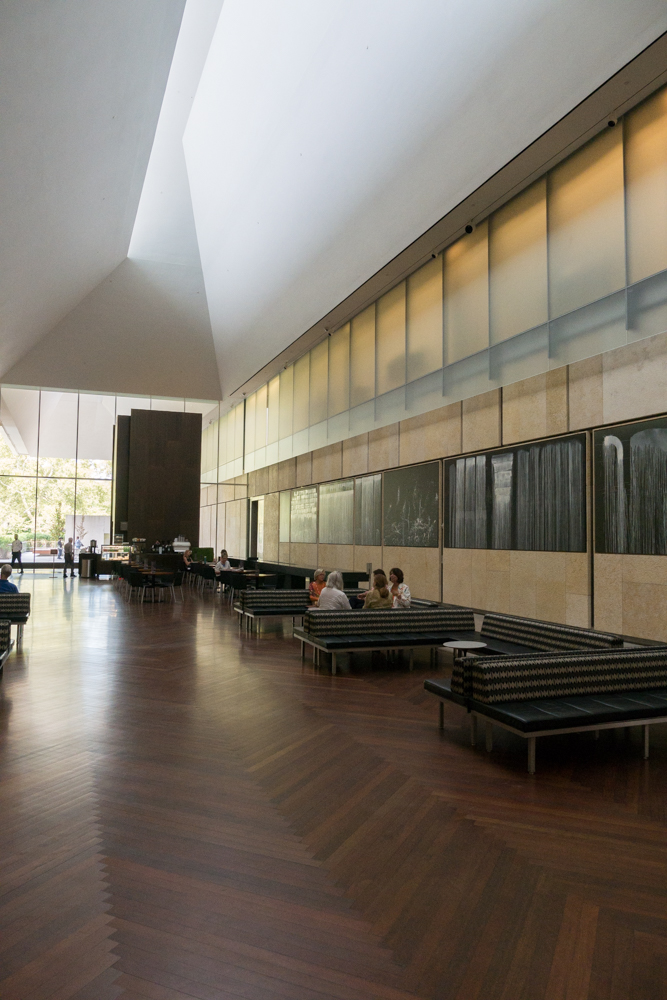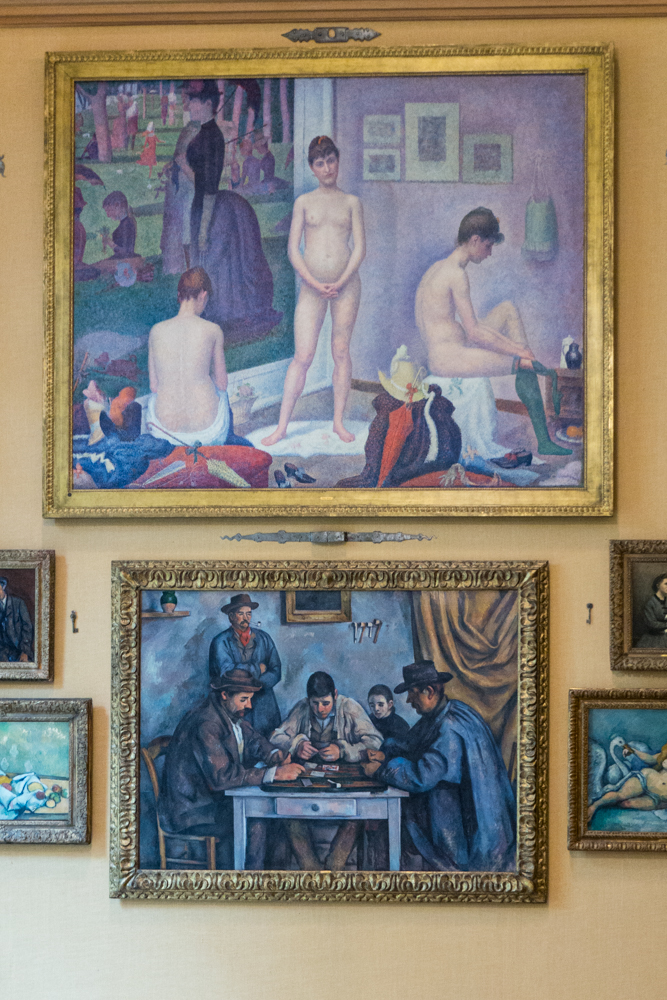Back on two wheels.
The Scottsdale motorcycling season runs from September through April. The other four months, with daily temperatures over 100F, are simply too warm for comfort and safety.
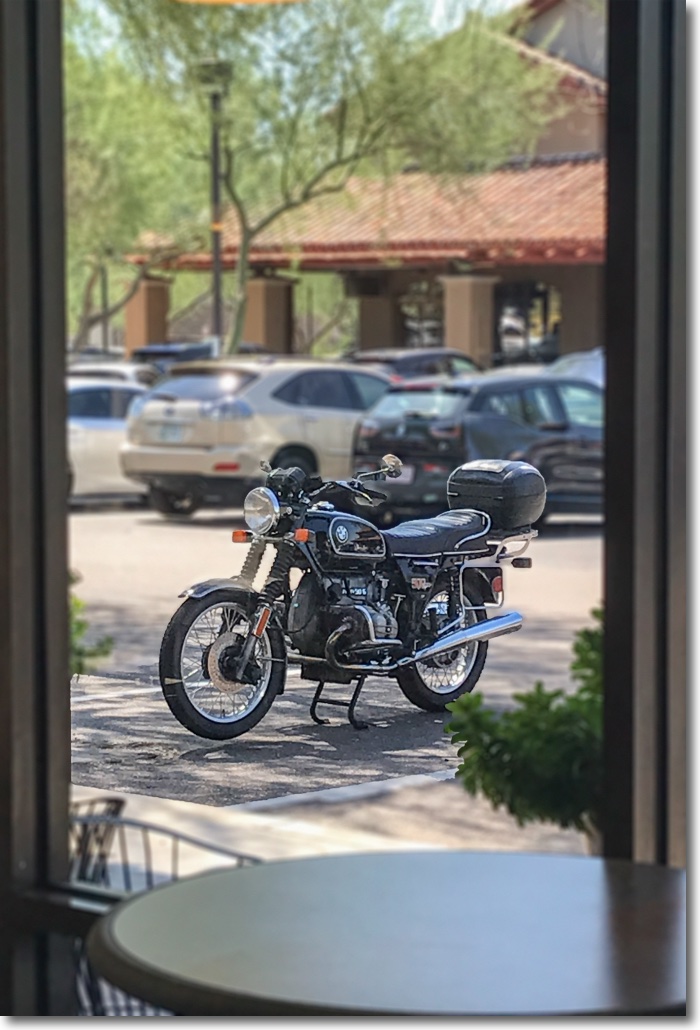
First ride of the new season, yesterday.
This is a special year for my 1975 BMW R90/6 as it marks the 30th year of ownership, having been purchased from the original owner in 1990.
Each season brings its own issues. This year the left carburetor proceeded to leak all over my boot; quickly detached – a five minute job on an opposed twin – removal of the main and idle jets as well as the float needle, a blast of compressed air to clear the clogged passageways, and all is well. No Garage Language required. Cleaning the boot will take longer. Quite why the Germans never managed to emulate Mikuni’s superb Japanese carburetors for reliability and trouble free service beats me, but then they never made a good horizontally opposed air cooled twin either. I’ll take that trade off. The stock Bing carbs have been overhauled twice in the 45 years since the machine left the Berlin factory.
Bikers are generally obsessed with changing things but the BMW ‘airhead’ twin was pretty much right out of the box. The rear shocks were not the greatest and I replaced them with Konis three decades ago. Lighter wrist pins (‘gudgeon pins’ for English readers) improved throttle response and alcohol-proof carb floats see to it that the introduction of ethanol in fuel did not result in malfunction from dissolved polystyrene floats. The other major fuel problem was the removal of lead tetra ethyl from gasoline, meaning that the cooling effect of lead on valve seats was lost and the seats started running too hot, eroding with use, reducing valve clearances in the process. I had the seats lined with stainless steel and valve clearances have been rock steady ever since, meaning some 25 years now. Finally a 50-state legal headlight modulator makes sure that the headlight flashes in daylight riding, in the forlorn hope that left turners do not take me out. So far, so good.
Other than that there is a near total lack of electronics in the machine, meaning I should survive the electromagnetic wave from the forthcoming North Korean nuclear attack, albeit somewhat irradiated. A couple of relays for the starter and the headlight switches see to it that nothing fries, and these are $2 parts easily replaced should they ever fail. One has in the past three decades. The ignition is by mechanical points and I carry a spare set in case anything fails – it never has. There’s one diode for the clutch switch and that fried a while back, replaced for pennies. This allows starting in gear when the clutch is disengaged – nice if you stall at the lights. Not, you understand, that I would ever do that.
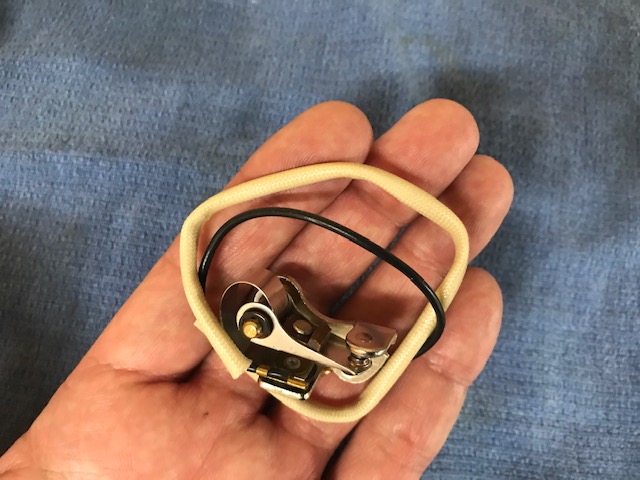
Ignition points work just fine, and it’s not like carrying a spare set is onerous.
The stock Bosch starter looks like it came from a Panzer tank, being massive and half decent. (I use the kick starter when feeling especially macho). Newer Nippondenso starters from Toyotas have been fitted to many airheads as they use less battery power and are lighter to boot. I’m sticking with the original, and have had the solenoid rewound once for very low cost when it ceased engaging the toothed wheel on start-up. An aftermarket front fork brace replaced the poncy stock plate, something BMW recognized as later models had a far beefier brace. The stouter brace eliminates head shake at speed. And to keep those in cages awake, the weak Bosch horn has been replaced by two Italian Fiamms with a relay. These will wake the dead, or even the mindless in SUVs, while doing a good job of draining the battery.
Those elegant spoked rims are made by Weinmann, which continues making spoked wheels for high-end bicycles to this day. I replaced the mild chromed steel original spokes (really, BMW!) with stainless steel ones as they were beginning to rot. Sadly, those spoked rims require the use of tubed tires, far less safe than modern tubeless ones, though rubber has greatly improved over the years. I use either Avon, Metzeler or Michelin, all still available in the stock English sizes specified by an otherwise all metric factory. Go figure. I reckon on 8-10,000 miles a set. Trusting one’s life to Chinese tires, given that nation’s regard for life, is not my glass of Löwenbrau. I don’t waste money on synthetic oil and the consumption of 1500 miles per quart of 20W/50 dino remains as it was 50,000 miles ago. Gas use remains a frugal 45mpg, same as it has always been. Sadly, the high compression engine dictates the use of premium octane fuel.
Wear and repairs? Not much to talk about, really. I’m on my third set of head bearings (I use Japanese ones after poor experience with the aptly named German FAG brand), second clutch plate and third set of good old fashioned Bosch single copper electrode plugs, still available if you search. The Getrag gearbox has yet to be opened and as with all airheads makes a massive clunk on shifting from first to second. More Panzer legacy, I suppose. I consider it a feature, not an issue. The seat vinyl cracked a few years back and it was a simple matter for a professional to replace it with the original material. While the bike came with the small BMW café fairing, that broke when the machine jumped off its stand in the Northbridge earthquake in the San Fernando Valley (January 17, 1994) so for long distance riding I fit a National Cycle screen to reduce neck fatigue from wind blast.
I have never needed to replace the drive chain as the bike does not use one. It is shaft driven like a RWD car. On the other hand, the cam chain was replaced at 60,000 miles and proper timing was restored to the motor as the original was somewhat stretched.
Oil leaks? Nada, Zilch, Zero, This is a German motorcycle, not an English one.
The 30th anniversary of purchase will be in June 2020 and I rather fancy my chances of getting there. Mileage is approaching 70,000.
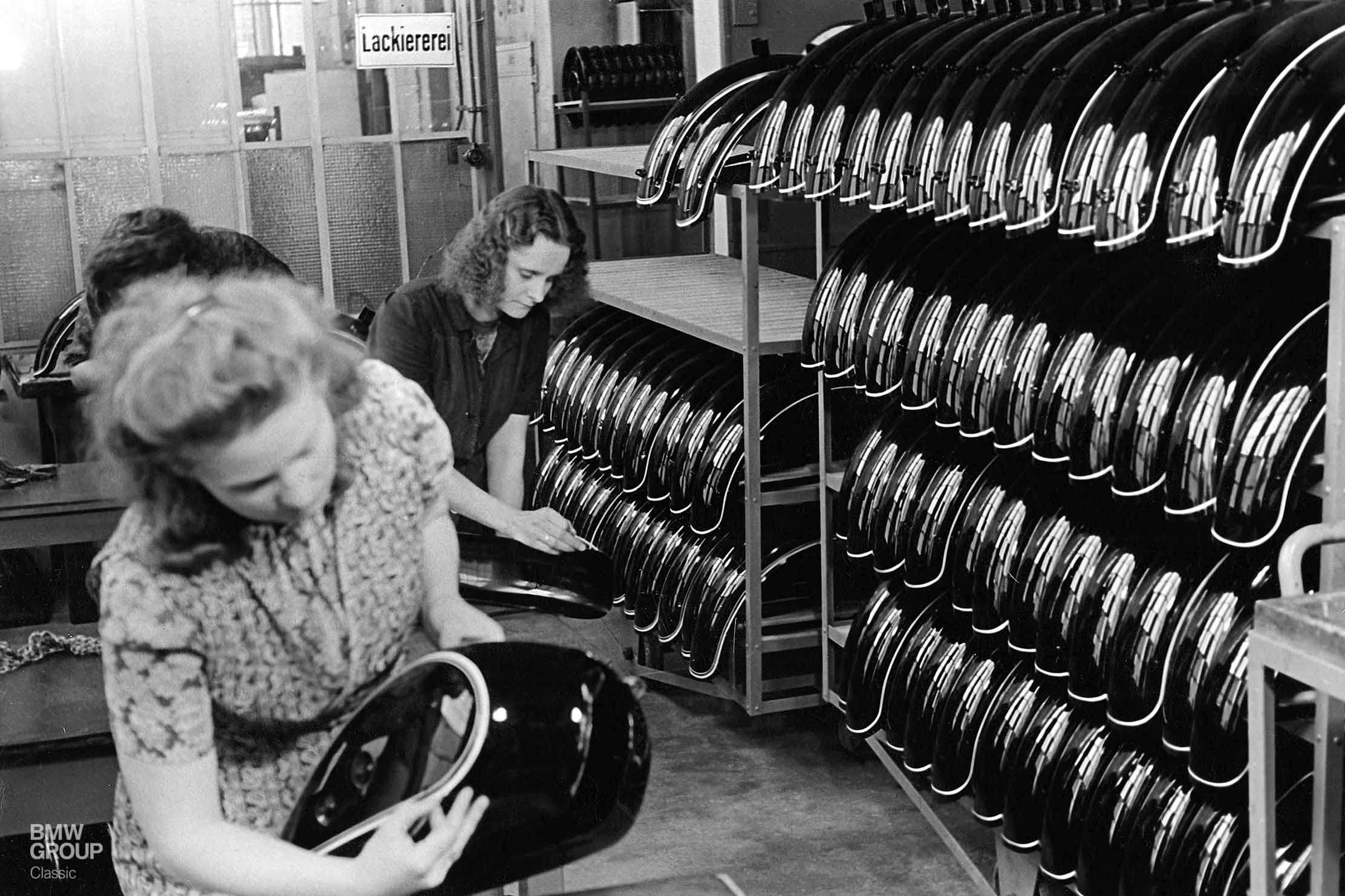
Hand pinstriping tanks and fenders in the old Berlin factory.
This is the closest you want any woman to your bike.
iPhone7 snap. Fräuleins courtesy of BMW.

